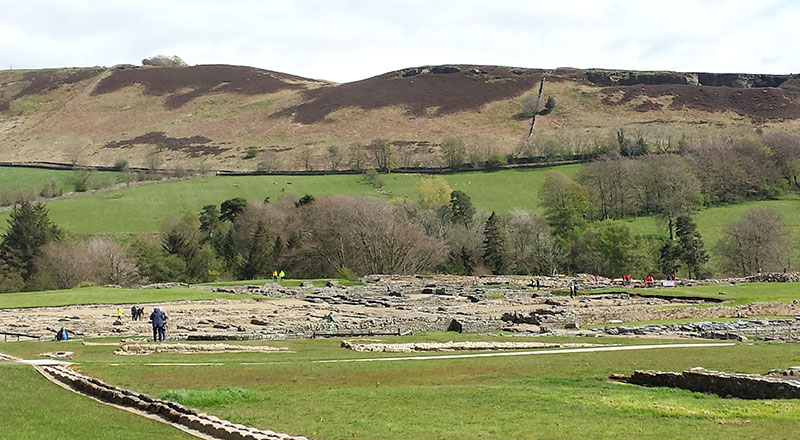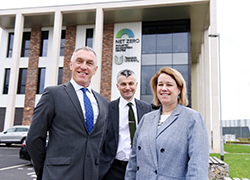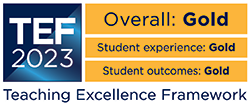Research findings share insight into Roman history
A Teesside University research group working at a Roman archaeological site on Hadrian’s Wall are exhibiting work in relation to their findings.

The exhibition How do we know?, which can be seen until December, is on display at the Locus at Roman Vindolanda, part of the Frontiers of the Roman Empire World Heritage site in Northumberland.
The Vindolanda Trust is currently working with several PhD students from Teesside University on archaeological and scientific projects.
The research team includes PhD students Rhys Williams, Hrafnhildur ‘Helga’ Halldorsdottir and Aboli Vavle. They are working with academic team Dr Gillian Taylor, Dr Helen Carney, Dr Caroline Orr, Professor Tim Thompson and Dr David Wright.
Their work has involved looking at the preservation of fragile artefacts at Vindolanda including leather footwear, animal skulls and textiles.
Dr Gillian Taylor, who has been working with the Vindolanda Trust, said: 'Our team is working very closely with the Vindolanda Trust to develop methods which help us understand the complex chemical and microbiological environment which preserves artefacts at the site on Hadrian’s Wall.'
Our team is working very closely with the Vindolanda Trust to develop methods which help us understand the complex chemical and microbiological environment which preserves artefacts at the site on Hadrian’s Wall
Vindolanda Trust is an independent charity which predates the building of the Wall. The site has preservation of artefacts of international significance, including leather shoes and boxing gloves, writing tablets, children’s wooden toys, cavalry swords and many more.
Dr Andrew Birley, Chief Executive Officer and Director of Excavations at Vindolanda, said: 'This is the first time this sort of work has been carried out on the site and already the results are adding to our knowledge. Archaeological science helps us to understand how modern excavations can be best preserved for further research and display.
'This exhibition highlights the work going on in the background that the general public does not usually get to see but it is imperative to our understanding of the site and the work will be integrated into the interpretation for our visitors.'
The 2019 excavation season begins in April through to September. The museum attracts around 100,000 visitors each year.
 International partnership signed with prestigious American
...
International partnership signed with prestigious American
...